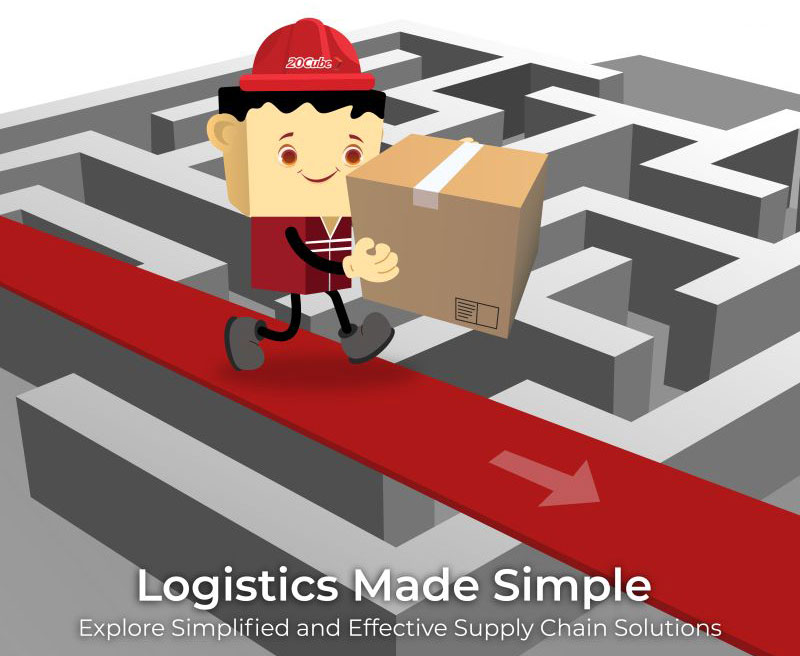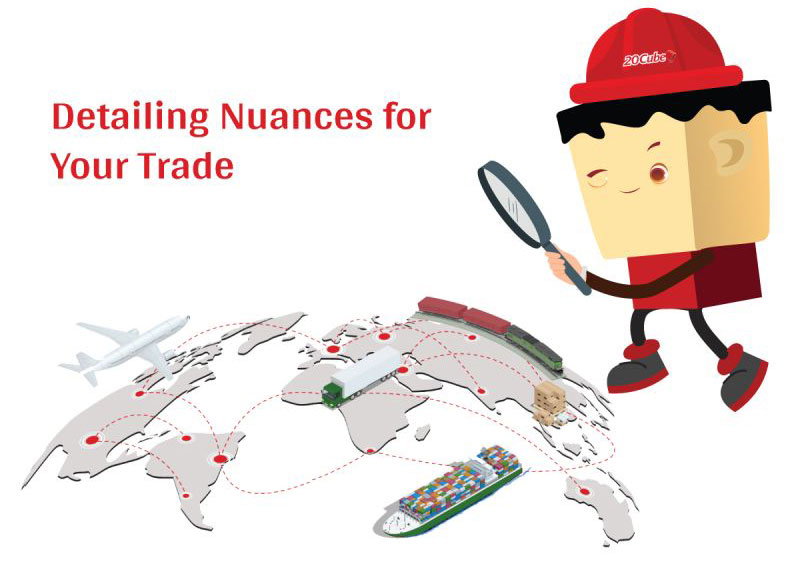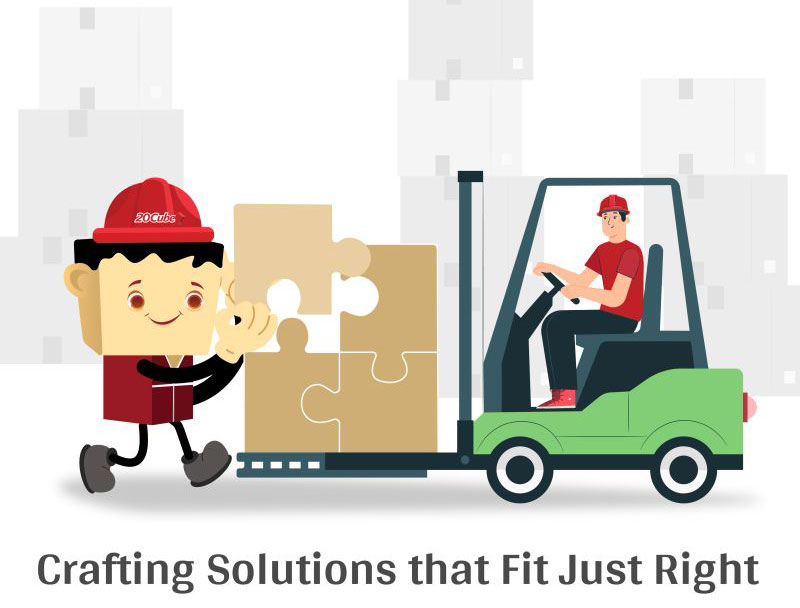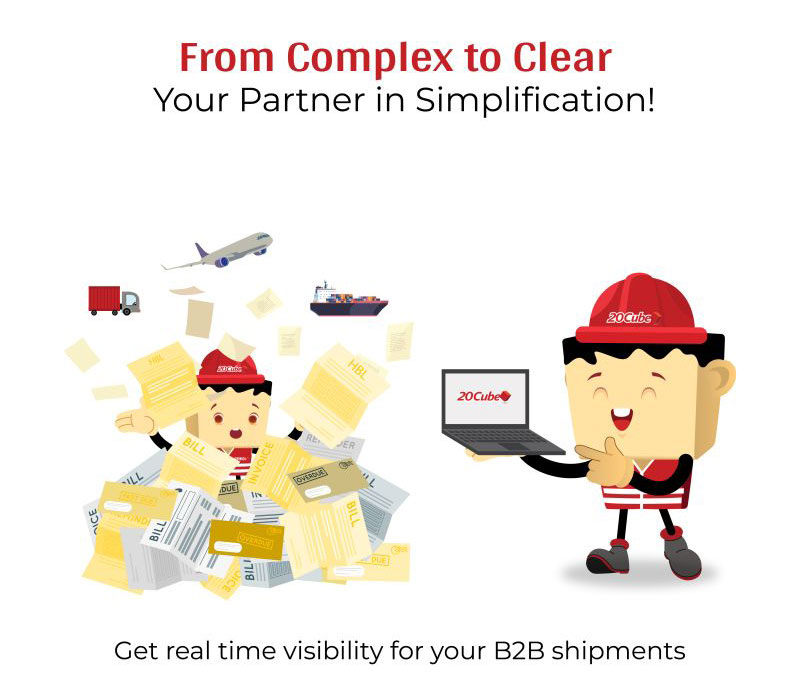Simplifying Global Trade
- October 3, 2024
- Blog
Air & Sea Freight | Trade Regulations | Door-to-Door Delivery
Mastering the Maze of Global Trade

In today’s interconnected world, the complexity of global logistics is undeniable. From sourcing raw materials across borders to delivering finished products directly to consumers, managing the supply chain is an art. While navigating international trade regulations and selecting the best shipping methods, businesses face numerous logistical challenges. But with the right approach—whether through air freight, sea freight or integrated door-to-door delivery solutions—these complexities can be simplified, giving your business the efficiency and speed it needs to thrive in a global marketplace.
Air Freight vs. Sea Freight: What will be the Right Fit for Your Needs?
When shipping internationally, one of the first decisions to make is whether to go with air or sea freight. Air freight is ideal for high-value goods that require speed and reliability, cutting down on transit times. On the other hand, sea freight is the more economical choice for bulk goods, where time is less of a factor. Each has its advantages and limitations, but the right partner can help you determine the best route for your specific needs, ensuring that your goods arrive on time and within budget.
The LSP (Logistics Service Provider) must be enabled with automated tools or ERP Systems for simplifying air and sea freight logistics to significantly improve efficiency, reduce costs, and minimize human error. Here are key approaches:
- Automated Freight Sourcing & Booking
Automation can streamline the process of sourcing freight and booking shipments. Smart platforms can automatically generate requests for quotes (RFQs) from suitable carriers, saving time and ensuring competitive pricing. Booking and load scheduling are also automated to improve precision. - End-to-End Tracking
Automated tracking systems allow businesses to monitor freight movement in real time. This ensures greater visibility across the supply chain and reduces delays caused by manual tracking errors. Platforms like Myhub optimize the entire freight process, from pick-up to final delivery. - Logistics ERP Systems
Implementing ERP software can help manage freight more effectively by integrating various logistics functions—shipment tracking, document processing, and invoicing—into a single platform, driving smarter and quicker decision-making.
Solving the Mysteries of Customs Clearance

Customs clearance can be one of the trickiest parts of global trade. The paperwork, tariffs, and regulations involved can often slow down the supply chain and create bottlenecks. However, with expert customs clearance solutions, you can breeze through this stage without delays.
Whether you’re importing or exporting, a seamless customs process ensures that your goods move smoothly across borders. With a knowledgeable logistics partner, handling the complexities of taxes, duties, and documentation becomes a hassle-free experience.
Automation tools help streamline customs compliance by digitizing document submissions and ensuring real-time regulatory checks. This reduces processing time and lowers the chances of shipment delays at borders.
Door-to-Door Shipping: Is this the Ultimate Convenience?

Nowadays, global trade demands door-to-door delivery options that take care of every stage of the shipping process. This service ensures that goods travel from your warehouse or factory directly to your customer’s door, saving time and reducing the risk of damage along the way. By integrating every step—transport, customs, and final-mile delivery—you can provide a more efficient and streamlined service for your customers.
The Future of Global Trade: Seamless and Smart

With technology and logistics evolving rapidly, the future of global trade promises even greater efficiency. Advances in real-time tracking, automation, and AI are revolutionizing the way businesses approach shipping. By simplifying each stage—whether it’s choosing between air and sea freight or streamlining customs—you can turn logistics from a headache into a competitive advantage. The future is fast, efficient, and, most importantly, accessible to businesses of all sizes.



